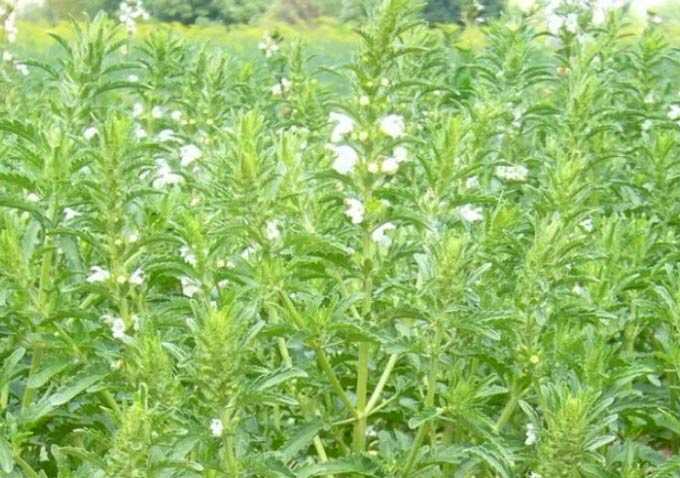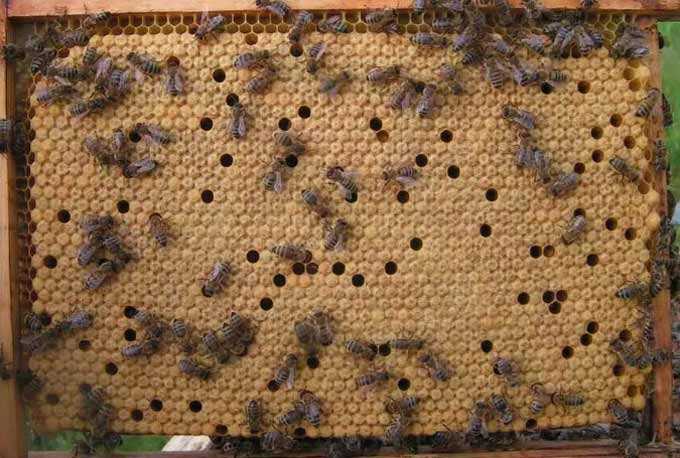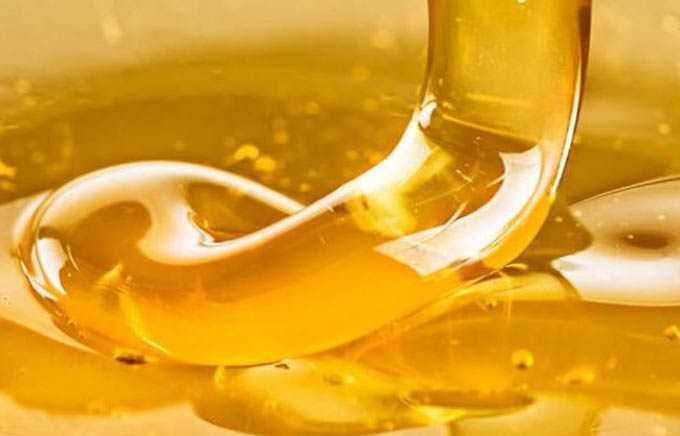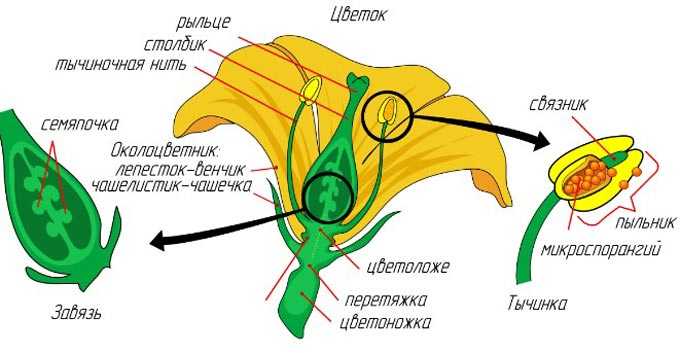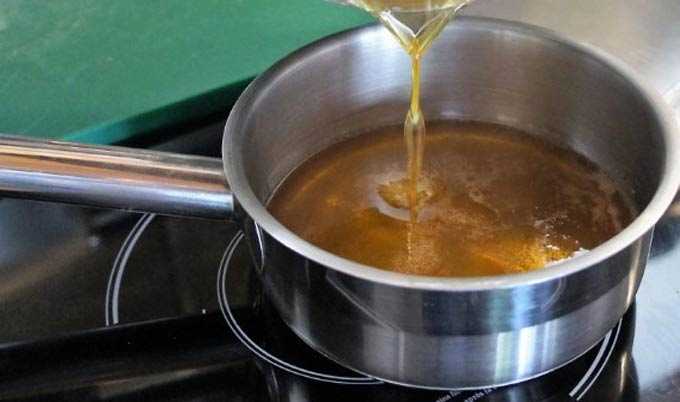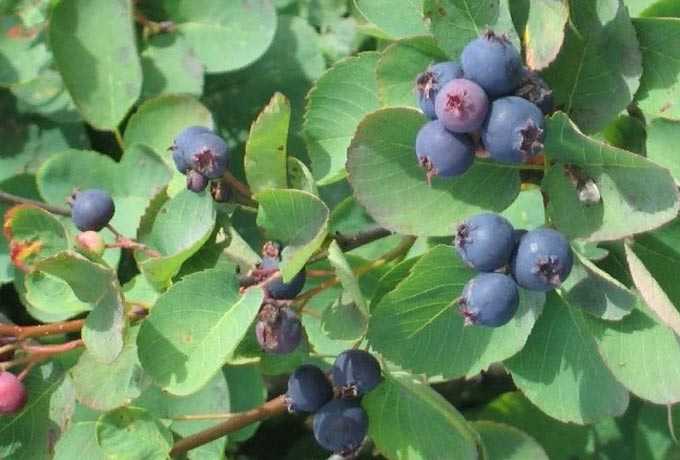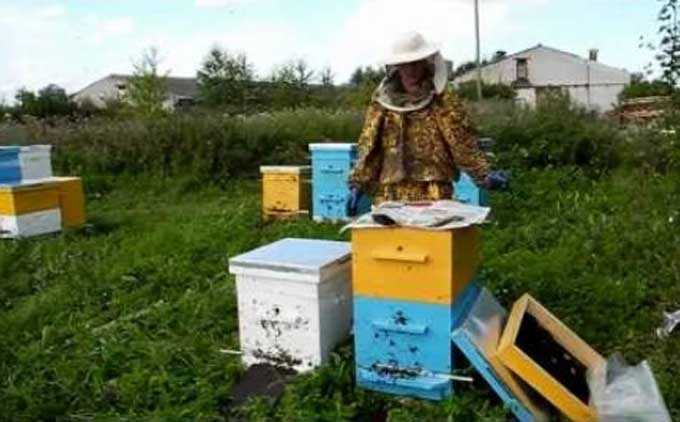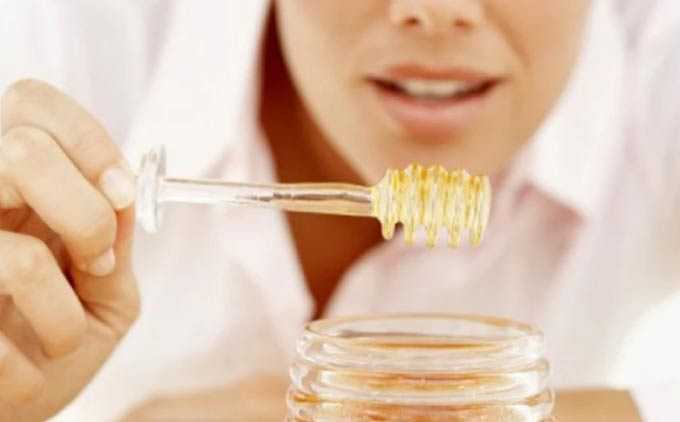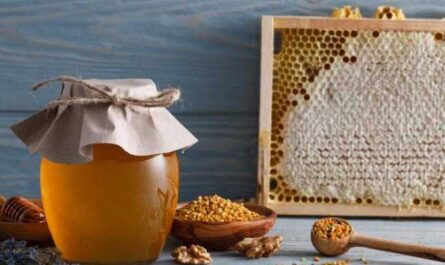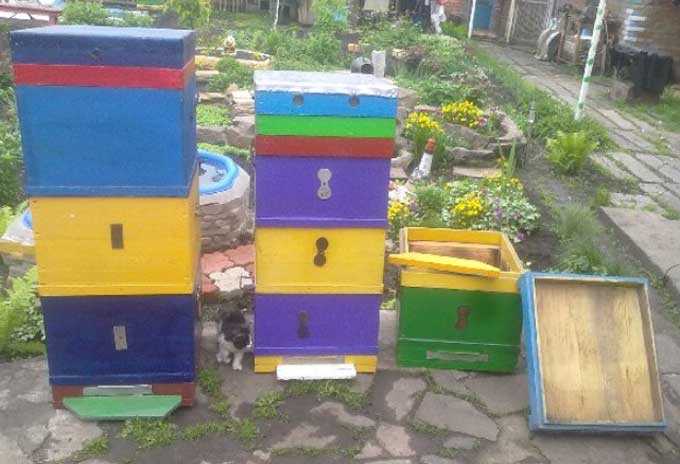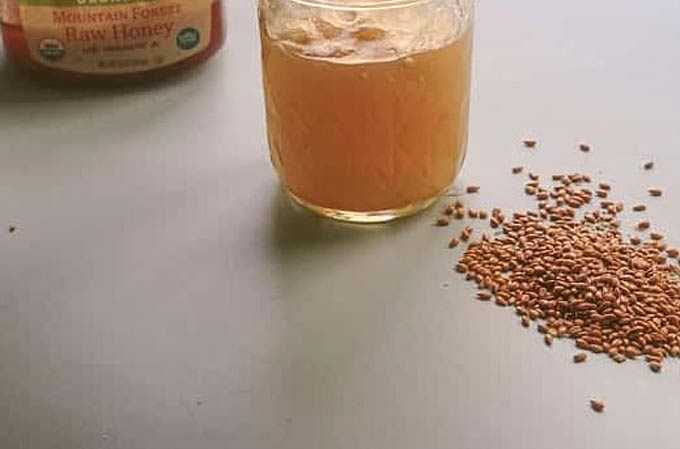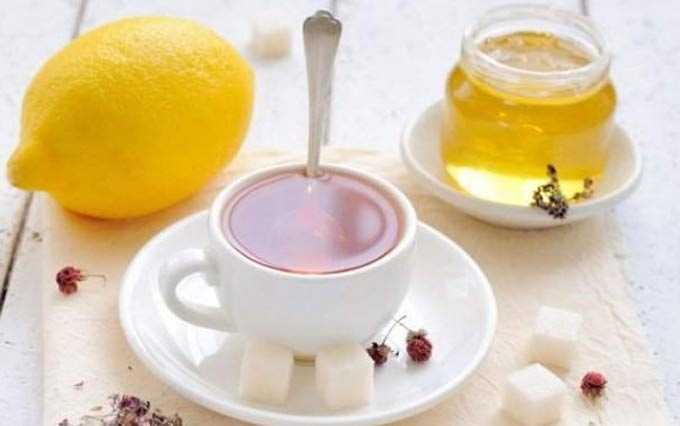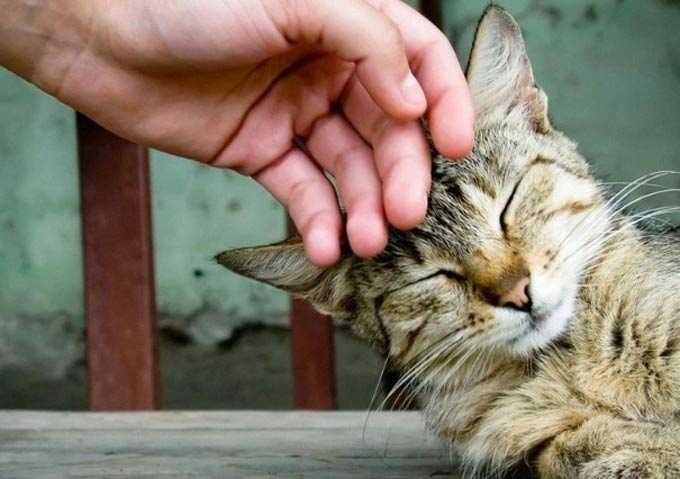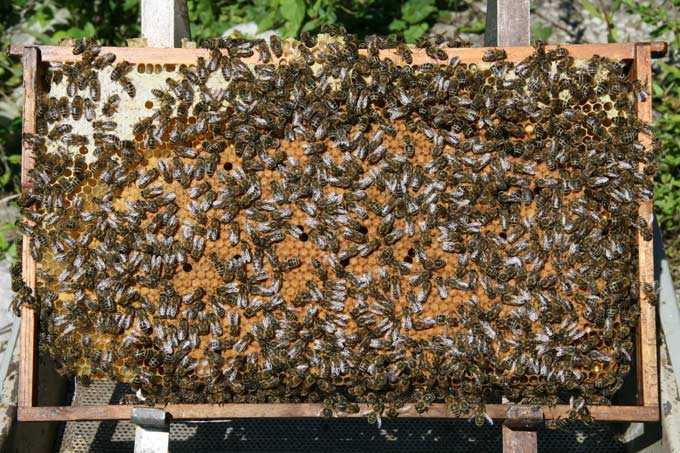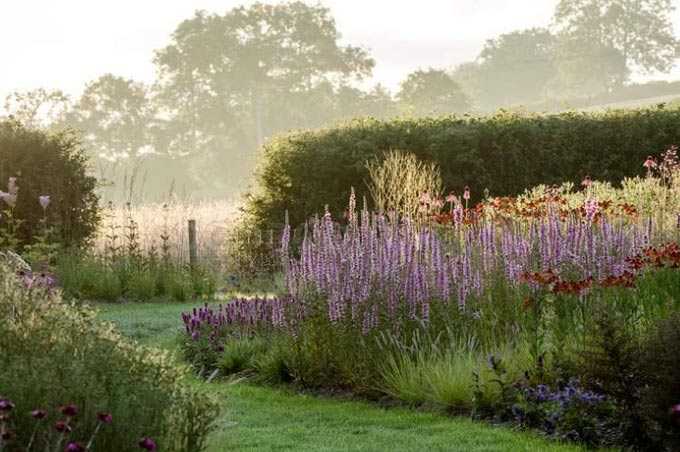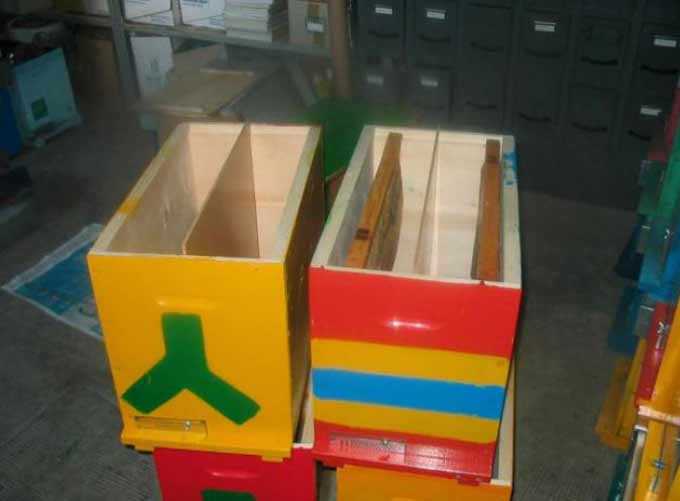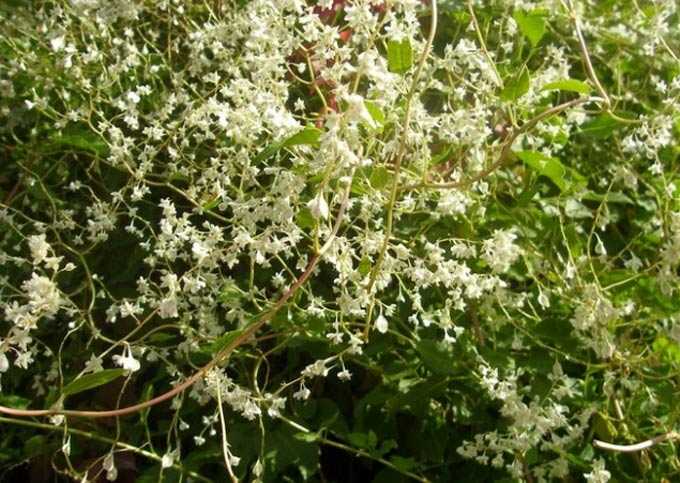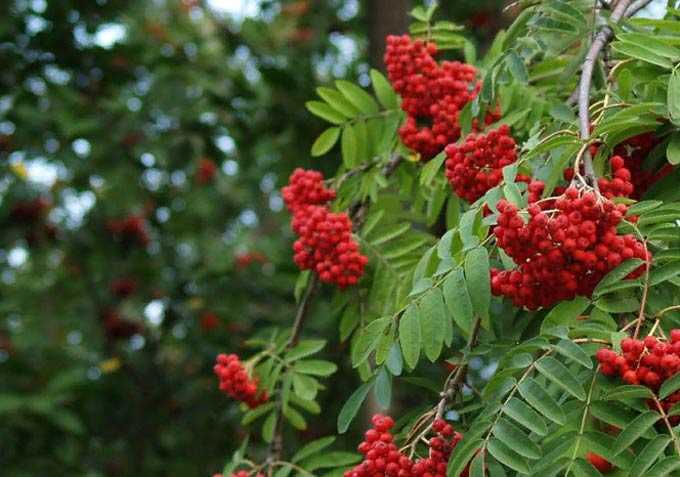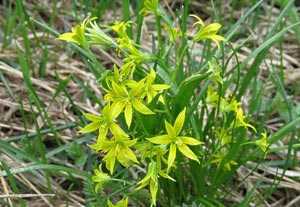Snakehead as a honey plant has shown itself well in the climatic conditions of the European part of our continent, in particular, in the Crimea, in Ukraine. Also in the wild, the herb is found in the Caucasus.
In cool areas like Siberia, it grows only in botanical gardens and in near-nursery areas, where beekeepers try to cultivate it.
The content of the article
- 1 Description
- 1.1 Moldavian
- 2 Significance for agriculture
- 3 Agrotechnics
- 4 Honey productivity
- 5 Useful Properties
Description
These are annual grasses from the lamb family. Among the people, the snakehead is often called the “dragon’s head”, and its Latin name comes from the shape of the flowers, which strongly resembles a snake’s head.
In nature, there are more than 40 species. These are mainly annual grasses with feathery or serrated leaves, no more than 70 centimeters in height. Flowers of a characteristic shape are in whorls crowning the stems. The color of the flowers varies depending on the variety – there are herbs with reddish or purple, pink inflorescences, less often white. The nectars are orange-yellow.
It has been observed that the white-flowering form of grass is more productive in terms of nectar production. However, in the south, in a favorable climate, these differences are virtually invisible.
Also, honey productivity largely depends on the timing of sowing – the earlier the grass is planted, the more nectar it releases in due time.
Moldavian
The Moldavian variety of snakehead is of value for apiaries. It blooms from mid-summer to early September. This is an excellent honey plant, specially sown for a late maintenance flow.
The stem of the grass is straight with a tetrahedral section, covered with simple serrated leaves. Height from 40 to 70 centimeters. The flowers are white, grouped in whorls (less often blue-bluish).
Flowering takes up to 50 days on average. The first flowers bloom in mid-July.
Significance for agriculture
The herb is not only a good honey plant in Altai, the Caucasus, Crimea, Belarus, Moldova and Ukraine, but also a fragrant culinary seasoning. Its leaves smell like lemon balm or lemon (depending on the variety), and can be used to prepare drinks, various dishes, cosmetics based on essential oils.
The spectacular appearance allows you to use certain varieties of the snakehead as a decorative decoration for flower beds, gardens, and personal plots.
Also, the plant is used as part of traditional medicine recipes. Due to the high content of essential oils during the flowering period, its beneficial properties are transferred to honey.
Agrotechnics
Reproduction is carried out using harvested seeds. Seed consumption 5 kg per hectare of prepared area.
Planting time is from mid-April to the second decade of May. If the climate permits, it is better to plant early to get a rich bribe.
The Moldavian variety is sown in wide rows with row spacing of at least 45-50 centimeters. The soil is periodically loosened, weeds are pulled out (this culture is not able to overcome other wild-growing herbs).
The first flowers appear 60-70 days after planting in the ground.
The plant is demanding on the quality of the soil! It grows well on fertile loams, sod-podzolic soils (subject to appropriate feeding). Does not tolerate acidic soils.
Honey productivity
The snakehead is a honey plant that ensures the production of nectar from the moment the anther opens in flowers until the stigma ripens. During this time, the nectar fills the corolla tube by about a third, allowing the bees to easily receive valuable bribes.
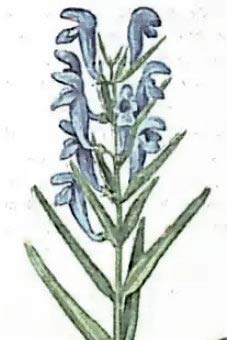
The honey productivity of white-flowering forms is from 130 to 403 kg, and of purple ones – from 30 to 283 kg per hectare. In the south, there is almost no difference in productivity.
Also of interest are the indicators of white-flowering forms, depending on the strip:
- up to 300 kg – in Siberia;
- up to 400 kg – in Kazakhstan and the Central Black Earth Region;
- 200-250 kg – in the middle lane.
The honey pumped out of the honeycomb is practically transparent, has a delicate lemon aroma and tart aftertaste, and is almost transparent in color. Sugar content is high – up to 60-80%. It thickens slowly.
This variety can be used as a winter food for bee colonies, like any other honey obtained from plants of the bee family.
Note: A Turkistan variety grows in Central Asia and the United States. It is a perennial herb that produces high yields of nectar for 2-3 years. The sugar content of the obtained honey is low – about 30-40%.
Useful Properties
The honey obtained from the snakehead is:
- good antiseptic;
- he is able to improve appetite;
- have a calming effect on the nervous system;
- strengthen the body with vitamin deficiencies, colds.
When added to cosmetic masks, it gives them a pleasant lemon scent. The herb is used in soap making and cosmetic production.
